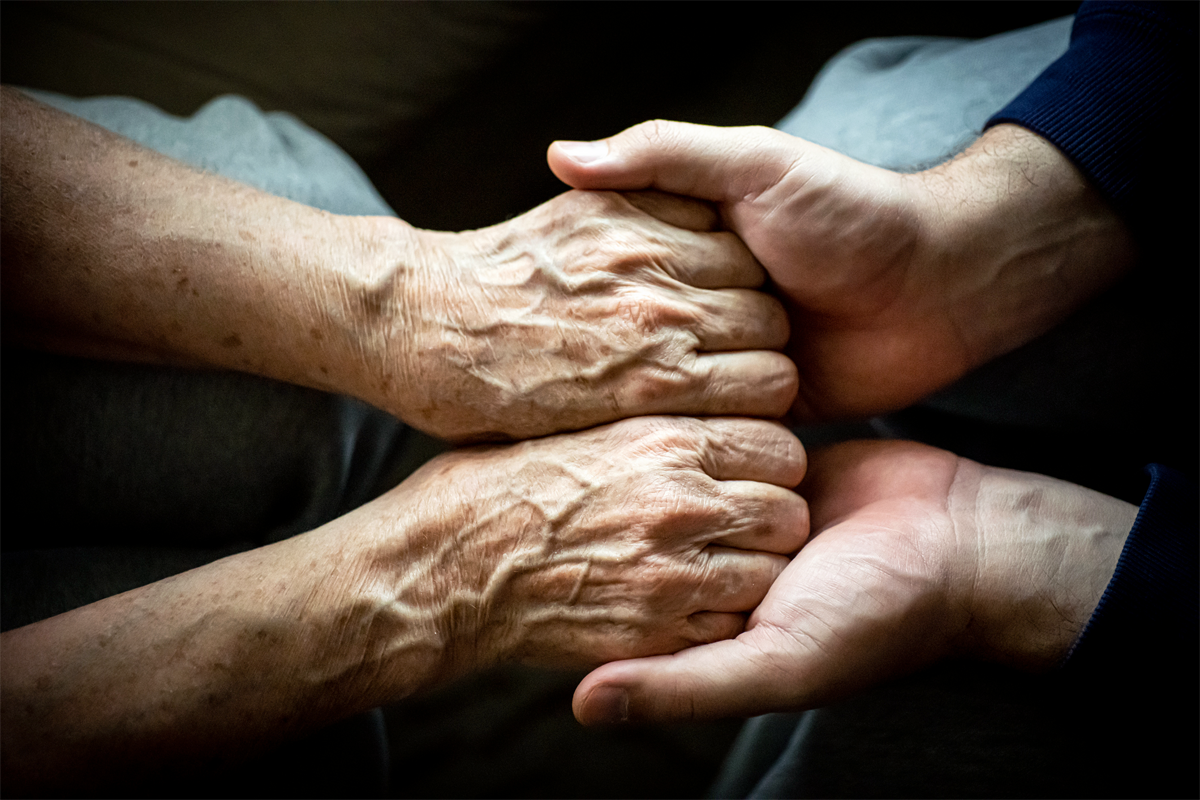A new open-source catalog now identifies associations between autism and family histories of dozens of conditions.
“If you’re interested in whether a particular condition is associated with autism, you can use our map to help generate study questions,” says lead investigator Diana Schendel, a professor and leader of the Research Program in Modifiable Factors in Autism at Drexel University in Philadelphia. “Or, if you have some results, you can compare them to those from other studies.”
Many studies have uncovered genes associated with autism—but family history can be important to explore as well. For example, when it comes to predicting the likelihood of complex conditions such as schizophrenia and coronary artery disease, accounting for both of these factors proves more helpful than relying on just genes alone, previous work suggests.
This led Schendel and her colleagues to lay the groundwork for a similar investigation in autism. “Family histories may show us the effects of genes linked with autism that we don’t know about yet, or non-genetic components associated with autism,” Schendel says.
The new resource catalogued all live births in Denmark from 1980 to 2012—nearly 1.7 million people. For each person, Schendel and her colleagues used Danish health registries to analyze up to 20 types of family members across three generations, tracking 90 diagnoses of mental and non-mental conditions until 2017, including asthma, allergies and neurologic, cardiometabolic, congenital and autoimmune conditions.
“Many previous studies have looked at family histories regarding a few conditions, such as ADHD, or a few types of family members, such as parents, or siblings with autism,” Schendel says. “We wanted a wider perspective to help reveal patterns to better understand the origins of neurodiversity.”
F
or the 26,840 autistic people in the dataset, the researchers collected more than 6,400 family histories and calculated the likelihood that these people had a family member with another condition compared with the likelihood for non-autistic people. The catalog debuted 16 September in Autism Research, along with an interactive risk atlas and graphic summaries.Several links they identified might spur follow-up research, including an association between autism and grandparents with cardiometabolic conditions. This suggests the possibility of a genetic link or of lifestyle features shared across generations that could influence prenatal factors connected with autism, Schendel and her colleagues write in their paper.
In addition, the association between autism and neurological, cardiometabolic, congenital or autoimmune disorders is greater for mothers than for fathers, they found. Similar results emerged for maternal half-siblings compared with paternal ones. This may highlight the way in which maternal prenatal conditions may influence a wide range of developmental outcomes.
Furthermore, the catalog suggests birth defects are more common among males, but a greater likelihood of autism was associated with birth defects in female family members or on the maternal side of a family. The researchers say this sex-related difference may warrant further research.
“I wasn’t expecting how often family histories of some conditions seem to play a role in the likelihood of someone getting an autism diagnosis,” Schendel says. She and her colleagues plan to combine family history and genetic data in future autism studies, as well as to explore family history patterns they detected, such as potential links between cardiometabolic conditions and autism.
Denmark’s universal healthcare system let the researchers tap into decades-old databases. Schendel does think their research will generally translate to populations outside Denmark, although she notes in that places without complete healthcare coverage, gaps in medical data could lead to different results, “especially if the gaps are linked to certain groups of people and health conditions in particular.”





